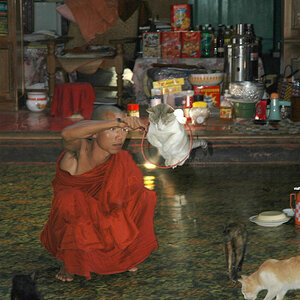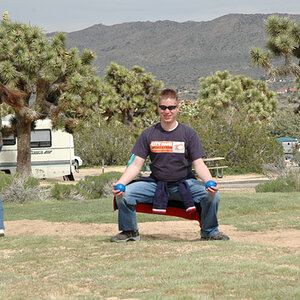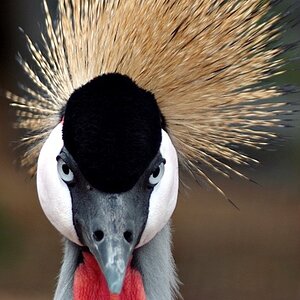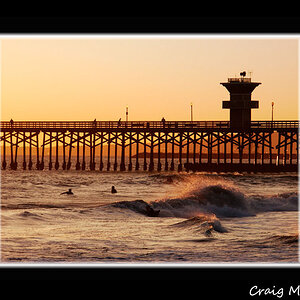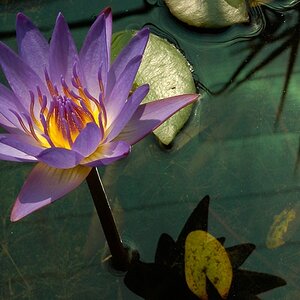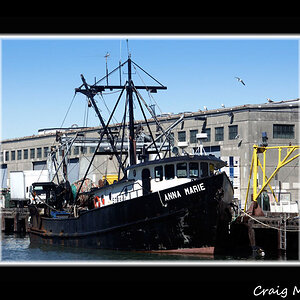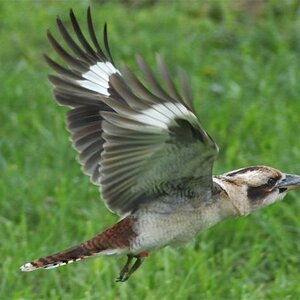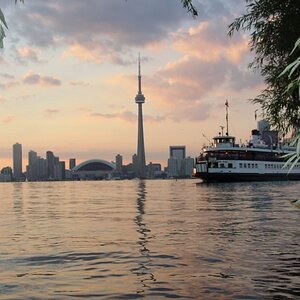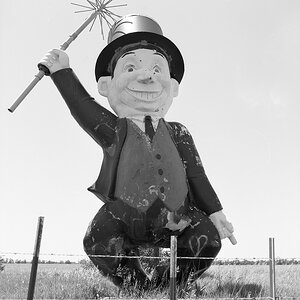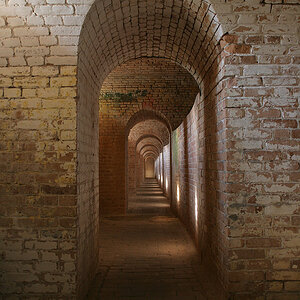KongKurs
TPF Noob!
- Joined
- Jul 24, 2007
- Messages
- 131
- Reaction score
- 5
- Location
- Denmark
- Website
- www.andershp.smugmug.com
- Can others edit my Photos
- Photos OK to edit
Hi y'all
Being new to landscape photography, and new to Photoshop in general, I've recently realised the beauty of using graduated filters to expose both foreground and sky correctly...
But now I just learned how to do this in Photoshop, by doubleexposing and mixing the 2 photos with layer masks.
But now I just wonder: why even bother using filters then?
David Noton and many other still use graduated filters, but aren't these close to redundant when using PhotoShop?
Being new to landscape photography, and new to Photoshop in general, I've recently realised the beauty of using graduated filters to expose both foreground and sky correctly...
But now I just learned how to do this in Photoshop, by doubleexposing and mixing the 2 photos with layer masks.
But now I just wonder: why even bother using filters then?
David Noton and many other still use graduated filters, but aren't these close to redundant when using PhotoShop?


